G Suite, formerly Google Apps, is a collection of cloud-based enterprise applications from Google. You only need an active internet connection and a browser to use these cloud apps. Traditional business applications create and store documents locally. This restricts sharing and collaboration.
In G Suite, the document is saved online, and anyone can access it with the right permissions. Collaboration across an enterprise is the core purpose of G Suite. G Suite is designed for businesses, schools, non-profits, and any other organization that chooses one of three pricing plans.
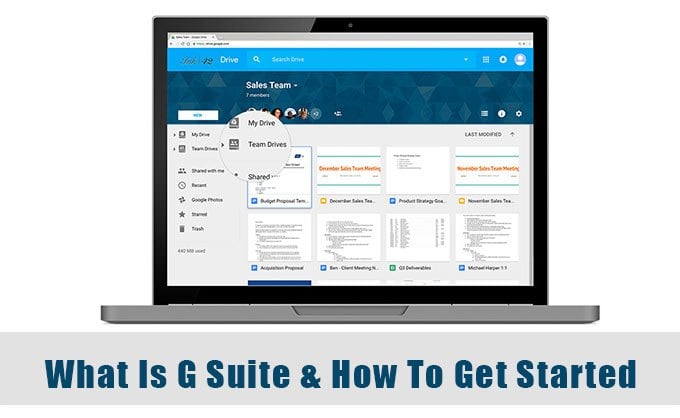
G Suite Is a Paid Subscription Service
Many people are confused between G Suite and Google’s other free apps also built around Google Drive and collaboration. You have to remember that G Suite is enterprise grade and thus includes a lot of extras that are not part of Google’s free consumer apps even though the names might be the same.
Here’s a short list of those extras:
- Administrative controls for user accounts.
- Custom business email address (with a @yourcompany domain name).
- 30 GB of Google Drive space per user (in G Suite Basic plan) against the 15 GB of space in the free Google Drive.
- Archive every email message and chats, and control how long you can keep them.
- Create multiple calendars for different purposes. For instance, a project based calendar. Members can collaborate on schedules, appointments and more.
- Use Endpoint management to keep your company’s data secure across all devices.
- 99.9% guaranteed uptime on business email with 24/7 phone and email support.
- Powerful security options like two-step authentication and SSO.
- Seamless interoperability with Microsoft Outlook.
Which Apps Are Included in G Suite
It might seem that G Suite and a free Google account have the same apps. Many apps are common like Gmail, Docs, Sheets, Slides, Forms, Apps Script etc. G Suite adds enterprise level features to some of these apps.
For instance, the free legacy Gmail and the G Suite version are similar. The latter allows you to ditch the @gmail.com address for your own custom domain for a more professional email address.
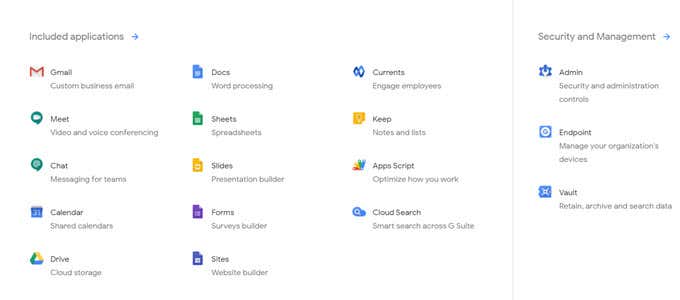
Even Google Calendar is souped up with shared calendars that can handle schedules for entire teams. In G Suite Calendar you can set up events with a few clicks and even book meeting rooms.
Enterprise users value security above everything. Administrative controls support advanced security protocols for all users. Multi-factor authentication and endpoint management are two strict barriers against any attack. Administrators can remotely encrypt data on devices, lock lost or stolen mobile devices, and wipe devices from G Suite’s Security Center.
How Much Does G Suite Cost?
There are three versions available for teams and companies of any size. G Suite also offers a 14 Day free trial. Payment plans are flexible, as you can adjust the number of team members anytime and Google will bill you accordingly every month.
Basic: The basic plan starts at $6 per user / per month. Every user gets 30 GB of secure shared storage across all Google apps. It includes all of Google’s productivity apps but lacks Cloud Search (a search feature to access your entire company’s content in G Suite), App Maker (a fast drag and drop app development tool to build custom apps) and Vault (an archiving tool for G Suite).
Some missing features in individual apps include a lesser limit of 100 participants in Google Meet (Compared to 150 and 250 in Business and Enterprise plans respectively) and no live streaming for those on the same domain.
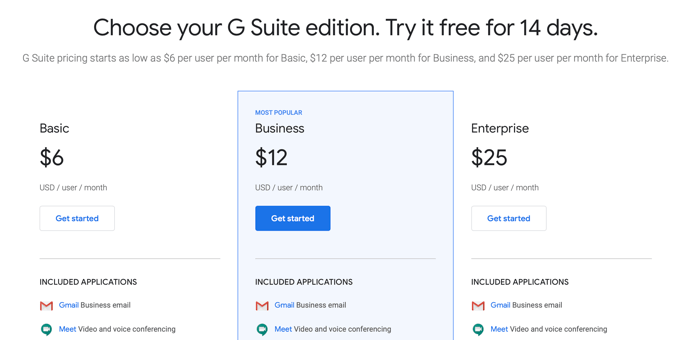
Business: The business plan starts at $12 per user / per month. It is feature-wise the same as the basic plan but offers unlimited storage for all users. Extras include Vault, Cloud Search, and the App Maker.
Enterprise: The executive plan starts at $25 per user / per month. This plan includes all features of the business plan with unlimited storage but supports it with advanced security and administration controls, as well as reporting features.
There are some extra facilities in individual apps. For instance, you can live stream a presentation via Google Meet to a maximum of 100,000 users on the same domain.
You can compare the different G Suite editions and buy a plan that’s a fit for your team.
Google also has special versions called G Suite for Education and G Suite for Nonprofits with lower priced plans.
How to Get Started With G Suite
Starting on G Suite is simple. Choose your plan first. Select the blue Start Free Trial button and G Suite takes you through the registration process. Remember, you are limited to 10 users in the trial period.
1. Select your team strength and country.
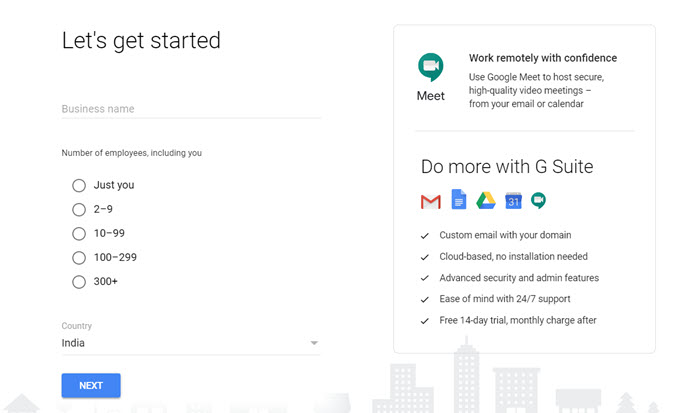
2. As you sign-in, you need a domain name that will be your unique address instead of the standard “@gmail.com”. In case you don’t have one, Google can help you choose and buy one.
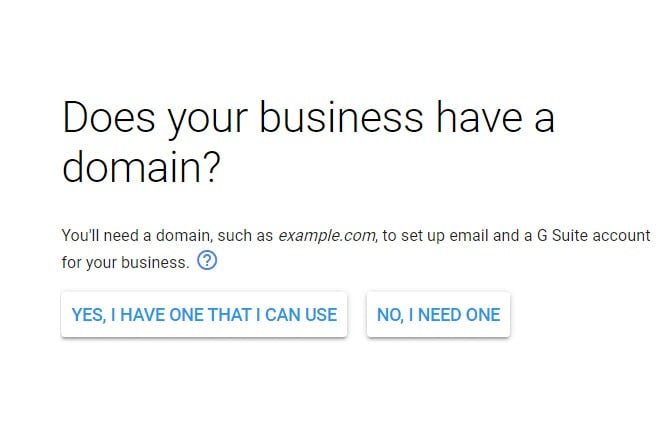
3. Your unique domain name is used for your business email address. Now, the Setup begins.
4. The Setup takes you straight to the Admin Console. Here you will have to verify that you own the domain name you used in the first steps. Google skips this if the domain is bought through Google.
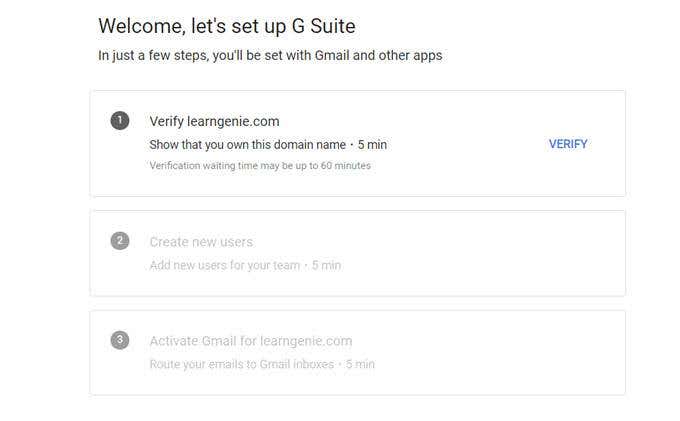
5. Sign into your domain host (the hosting service where you bought your domain name) and add the text verification code to your domain’s DNS records or DNS settings.
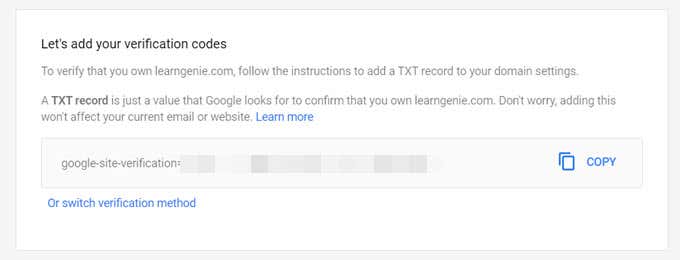
6. Google verifies your domain within a few minutes. Now, you can add new users with their email accounts. During the trial period, you can only add 10 users.
7. Activate Gmail for your domain and you are all set up to dive into G Suite and configure it for your enterprise. Once it’s set up, you can begin migrating your organization’s data, such as email, calendar, contacts, folders and files to G Suite.
8. To set up a subscription plan, go to the Google Admin console > Billing. Set up billing from this screen with the help of these instructions.
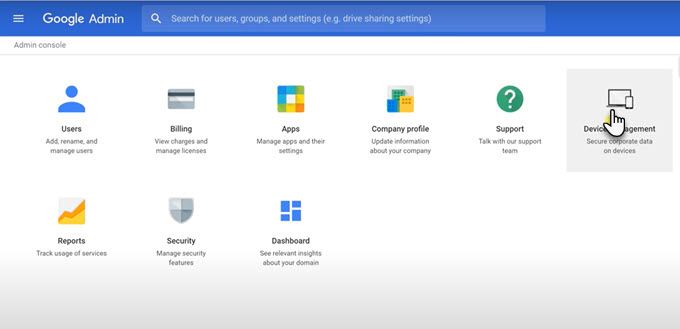
Make Working Together Easier
Today, all productivity suites use collaboration to help teams work together remotely. G Suite has a rival in Office 365. Both G Suite and Office 365 are subscription based and offer a rich portfolio of tools. If you use either of them, tell us about your likes and dislikes.